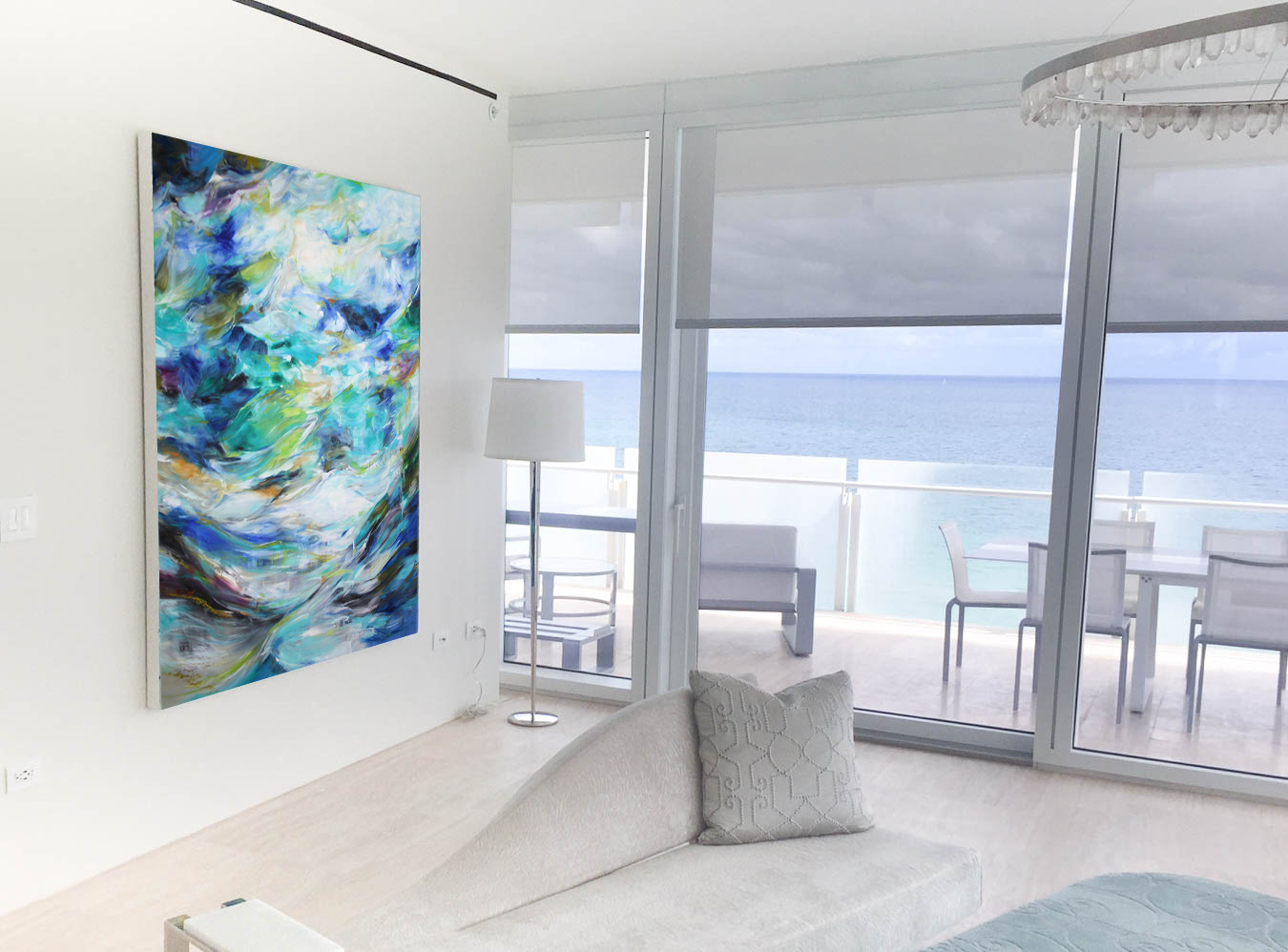A solo exhibition featuring the artwork by Stephanie Todhunter
February 1 – February 25, 2018
Opening reception: Friday, February 2, 5 – 8 p.m.
Abigail Ogilvy Gallery is proud to present Stranger Danger, a solo exhibition by Stephanie Todhunter. Todhunter began working on the latchkey kids series in 2014. The backbone of the series is an ongoing succession of plaster encased vintage dolls, each re-colored and re-named. The process of plastering and inking gives the originally identical doll forms new personalities. Todhunter takes photographic portraits of these found lost girls, and uses the images in larger mixed media pieces- trying to refine their identities further. She uses this exploration of their individual stories to reflect on growing up in the late 70's and early 80's- a period of increasing divorce rates, isolation, and lack of parental responsibility.
marcy, 11 x 9 in.plaster, found object, inks
The plaster encased girls (reminiscent of Han Solo encased in carbonite) start as vintage Dawn dolls from the 1970s. These dolls were only made for a brief amount of time and generally only remembered by the GenX demographic. Dawn dolls are smaller than Barbies and, although they have exaggerated, waspish waists and perky breasts, are “tweenish” in age. They were small, generic, easy to carry and easy to lose.
Once the dolls have been plastered and inked, they develop distinct and often unsettling features and personalities. The photographic portraits Todhunter takes of each girl capture and highlight these quirks. The artist then gives each girl her own generation-and-personality-appropriate name.
Her larger artworks use these same images as means to create a narrative about the lost girls. Common themes are isolation, stranger danger, missing children, parental neglect, and lord-of-the-flies-like adventure in small town suburbia. Todhunter intentionally contrasts these themes with those found in contemporary parenting: constant stimulation of the internet, helicopter parenting, snowflake children, online bullying- all of which are creating a new form of isolation among children today.
Stephanie Todhunter grew up in the late 70s/early 80s in the Midwest, and was moved from small town to small town by her single, working mother. Immediacy and experimentation are essential to her multidisciplinary practice. Todhunter's work has been included in group exhibitions and featured in solo shows across New England, and is held in private collections around the world. Most recently, Stephanie was awarded the 2017 Artist of the Year by the Cambridge Art Association, and her work was the front-cover feature of the March/April 2017 issue of Artscope. She lives and works outside of Boston, MA.





